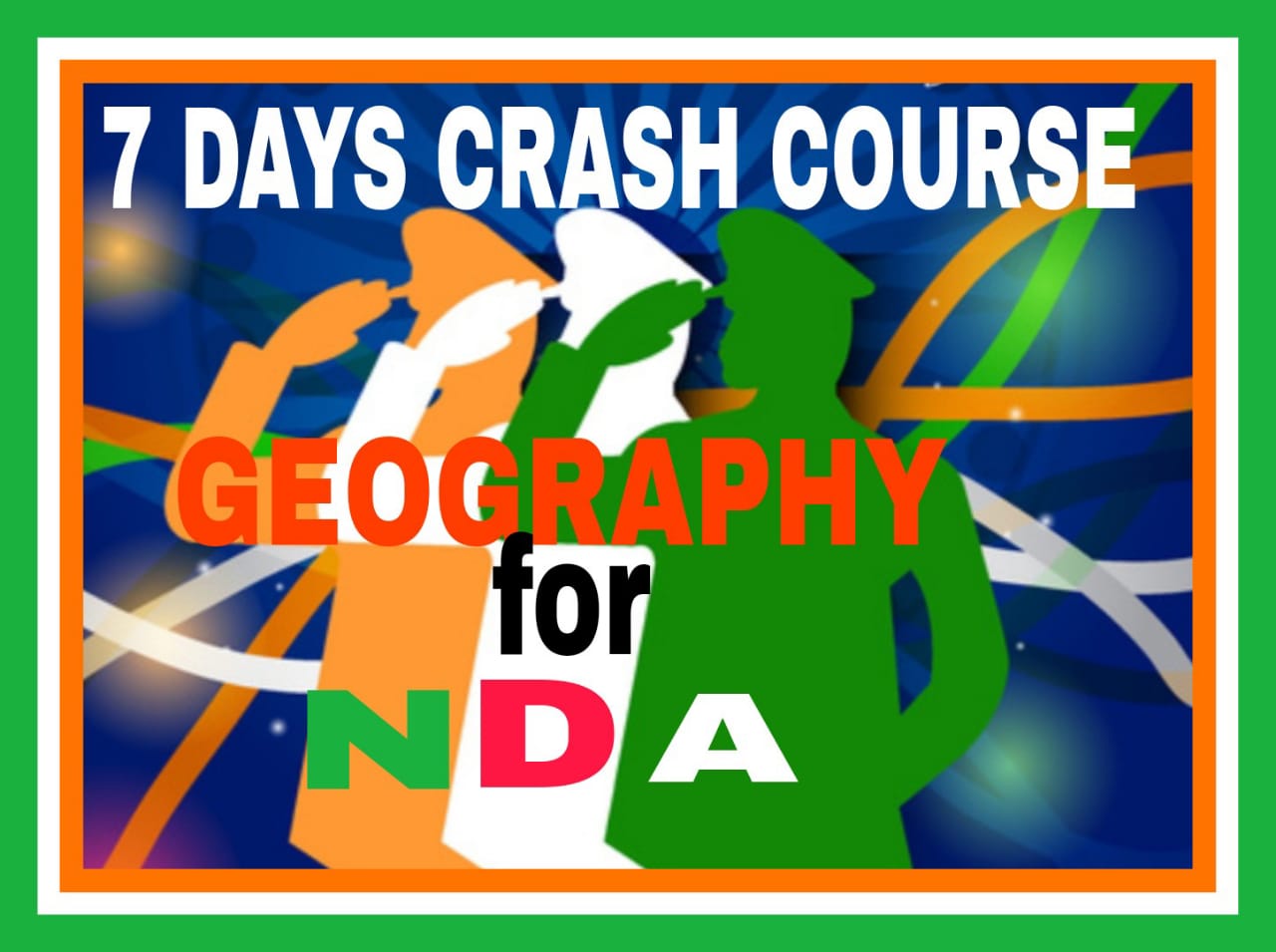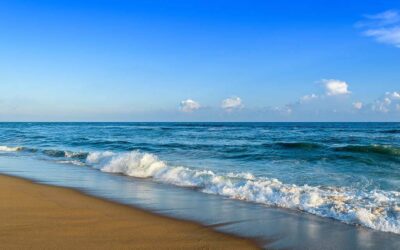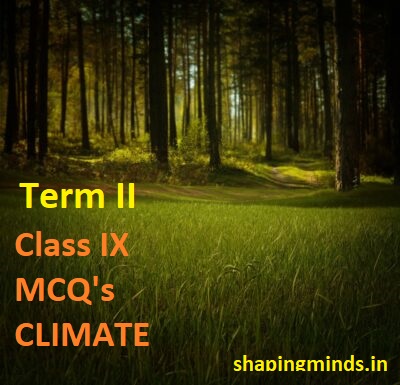7 Days Crash Course For NDA 2021-22 with Geography MCQ’s -II
7 Days Crash Course For NDA 2021-22 with Geography MCQ’s -II is prepared to cover the syllabus in just 7 days. As we know that NDA 2021-22 is scheduled on 14th November. Good thing about NDA 2021-22 is that, this year girls can also take the NDA Exams. It is a National-level exam conducted by UPSC (twice a year). Candidates are selected in the Army, Navy, and Air Force through this exam. It is a two-tier entrance examination. First, children have to qualify in the written test. Thereafter, selected candidates will have to clear the SSB interview round for final selection in NDA 2021-22. Hope, this 7 Days Crash Course with Geography MCQ’s -II will help you to perform better in your Exams. Good Luck.
This article Covers the following topics of Geography
- Concept of time and International Date Line
- types of climate,
- Natural vegetation.
- Major Natural regions of the world,
For questions related to other topics of Geography like The earth, it’s shape and size, Atmosphere and it’s composition. Latitudes and Longitudes, Temperature and Atmospheric Pressure, Planetary winds, Cyclones and Anti-cyclones, Humidity, Condensation and Precipitation, Ocean currents, and tides,, you may visit NATIONAL DEFENCE ACADEMY (NDA) For Class 12 Students Part I
7 Days Crash Course For NDA 2021-22 with Geography MCQ’s -II
Topic: Concept of time and International Date Line
Q1. The Indian Standard Time meridian passes through_______________?
a) 82°30’E
b) 82°30’W
c) 82°30’N
d) 82°30’S
Q2. If the time in Arunachal Pradesh is 11:00 am, what will be the local time in Gujarat?
a) 1: 00 am.
b) i:00 pm.
c) 9:00 am.
d) 9:00 pm
Q3. By how many hours is the Indian Standard Time (IST) ahead of Greenwich Mean Time (GMT)?
a) 2 hrs. 30 min.
b) 3 hrs. 30 min.
c) 5 hrs. 30 min.
d) 12 hrs.
Q4. If the Indian Standard Time (IST) is 6:00 am in Kashmir, what will be the IST in Kerala?
a) 6:00 am.
b) 8:00 am
c) 4:00 am
d) 8: 30 am.
Q5. If the cricket match starts at 9:00 am. in Australia, when will the Indians watch the live telecast.
A. At 3:30 In the afternoon.
B. At 3:30 In the morning
C. At 12: 30 in the afternoon.
D. At 12:30 midnight.
Q6. How many calendar days and dates are simultaneously possible at a time on earth?
a) 1
b) 2
c) 3
d) 4
Q7. Indian Standard time meridian passes through _______________?
a) Muzaffar Nagar.
b) Mirzapur
c) Ahmedabad.
d) Dehradun.
ANSWER KEY:
- a) 82°30’E Longitude, 2. c) 9:00 am, (because there is a time difference of 2 hours from the easternmost part of India to the westernmost part of India.)
3. c) 5 hrs. 30 min.,(because Indian Standard Time is ahead of Greenwich Mean Time by 5 and a half hours)
4. a) 6:00 am. (because Indian Standard Time is same all over the country.)
5. B. At 3:30 In the morning (because Australia lies to the east of India and is ahead by 5 hours and 30 minutes.)
6. c) 3, (It can be checked in the following link https://en.wikipedia.org/wiki/International_Date_Line
7. b) Mirzapur (near Allahabad which lies in Uttar Pradesh)
7 Days Crash Course For NDA 2021-22 with Geography MCQ’s -II
Topic: Types of Climate
India has __________ type of climate.
a) Tropical
b) Mediterranean
c) Monsoon
d) Continental
2. Which area will have the maximum diurnal range of temperature in India?
a) Mountains
b) Plateaus
c) Plains
d) Desert.
3. Which areas of India will experience less contrast in temperature conditions.
a) Coastal region
b) Plateau region
c) Hilly region.
d) Desert region.
4. Delhi located in the interiors of India will have ______________ type of climate.
a) Tropical
b) Continental
c) Maritime
d) Mediterranean
5. Winters are mild in India as compared to central Asia due to ________________________
a) Tropic of Cancer
b) presence of Himalayas
c) presence of sea on three sides.
d) Coriolis force.
6. The eastern part of Aravali hills recieve rain from __________________
a) Bay of Bengal branch.
b) Arabian sea branch
c) western disturbances
d) Jet streams.
7. Which Plateau gets intensely heated during the summer season?
a) Malwa Plateau
b) Tibetan Plateau
c) Chhota Nagpur Plateau
d) Deccan plateau.
8. Due to the effect of Al Nino ocean current, the rainfall in India _____________?
a) increases
b) decreases
c) Neither increases nor decreases
d) Al Nino does not affect Indian monsoon.
9. Seasonal reversal of wind direction is due to________________?
a) difference in heating and cooling of land and water.
b) Jet streams
c) High pressure developed over the land.
d) Low pressure developed over the land.
10. The first and last state to receive monsoon rains are ___________ and _________________.
a) Kerala and Jammu Kashmir
b) Kerala and Arunachal Pradesh.
c) Kerala and Rajasthan
d) Kerala and Tamil Nadu.
11. Kaal Baisakhi are localized thunderstorms associated with which Indian state?
a) Punjab
b) West Bengal
c) Tamil Nadu
d) Jammu and Kashmir.
12. Mawsynram and Cherrapunji are the two heaviest rainfall places in the world. They are located in ______________
a) Assam
b) Bihar and West Bengal
c) Meghalaya
d) Sikkim and Mizoram.
ANSWER KEY:
1. c) Monsoon
2. d) Desert. (Maximum diurnal range of temperature means maximum difference between day and night temperatures. In deserts the days are extremely hot and Nights extremely cold as sand gets heated very fast and also cools down very fast.)
3. a) Coastal region (because coastal regions are not much affected during summer or winter due to Land and Sea breeze.)
4. b) Continental (Places which are far from the sea and are extremely cold during winter and extremely hot during summer have continental climate)
5. b) presence of Himalayas (Himalayas stand as a barrier and does not allow the cold winds coming from the north)
6. a) Bay of Bengal branch. (this is because Arabian sea branch run parallel to Aravali hills whereas it lies on the way of Bay of Bengal branch)
7. b) Tibetan Plateau (this is due to the shift of ITCZ, and Tibetan plateau is also far from the influence of sea)
8. a) increases ( Al Nino is a warm ocean current which increases the intensity of monsoon where as La- Nina is a cold ocean current and decreases the rainfall)
9. d) Low pressure developed over the land. ( during summer season, due to intense heat over tropic of cancer, the air becomes hot and rises up creating low pressure in the interiors of India due to which NE winds reverse their direction and become SW winds.)
10. d) Kerala and Tamil Nadu. (Monsoon enters from Kerala and exits from Tamil Nadu)
11. b) West Bengal (cyclonic winds in W,B, which blows between 15th April to 15th May is known as Kaal Baisakhi.)
12. Meghalaya ( Megh means clouds and Alaya means home. So Meghalaya means the home of clouds)
7 Days Crash Course For NDA 2021-22 with Geography MCQ’s -II
Topic: Natural Vegetation AND Major Natural Regions of the world
INTRODUCTION:
There are 7 major Natural regions of the world. They are
i) Equatorial region which lies between 10 degree North and 10 degree South of equator ,
ii) Savana region which lies between 10 degree to 20 degree North and South of equator ,
iii) Desert region lies between 20 degree to 30 degree North and South of equator usually on the western margins of continent.
iv) Mediterranean region lies between 30 degree to 40 degree North and South of equator usually on the western margins of continent.
v) Temperate Grassland: situated between 40 degree to 55 degree North and South of equator usually in the interiors of continent.
vi) Taiga region: situated between 55 degree to 70 degree only in the Northern hemisphere.
vii) Tundra region: Also known as cold desert regions which lie beyond 70 degree North and South of equator.
Q1. Which one of the following Natural regions is situated between 10 Degrees North and 10 Degrees South?
a) Desert region
b) Equatorial region
c) Temperate Grassland
d) Savana region
Q2. Tropical deserts receive an annual rainfall of ____________ cm.
a) less than 25
b) more than 25
c) between 25 to 50
d) no precipitation
Q3. Steppes grasslands are located in the interiors of _______________.
a) Asia and North America
b) Africa and Asia
c) Europe and Asia
d) Asia and Australia
Q4. Which of the following agricultural practices common in the equatorial region?
a) Intensive farming.
b) Terrace farming
c) Shifting cultivation
d) Commercial farming.
Q5. Which of the following regions receive rain in winter?
a) Taiga region
b) Savana region
c) Equatorial region
d) Mediterranean region.
Q6. What is the chief occupation of the people living in Tundra region?
a) Hunting and fishing
b) Farming
c) Lumbering
d) Trading.
Q7. This occurs in the higher latitudes of North America and Russia. It has an extremely cold winters and summers with low precipitation. Evergreen trees and a variety of animals can be seen during summer. Identify the Biome.
a) Equatorial
b) Savana
c) Taiga
d) Tundra
Q8. What do you mean by “Virgin Vegetation”?
a) vegetation found in equatorial region.
b) vegetation exclusively found in one country.
c) a vegetation which has not been disturbed by human interference.
d) type of vegetation found in Himalayas.
Q9. To which of the following types of vegetation does rubber belong to?
a) Equatorial
b) Savana
c) Taiga
d) Tundra
Q10. The type of vegetation depends on
a) Soil
b) Rainfall
c) Photoperiod
d) All of the above.
Q11. Tropical Deciduous forests are also known as ____________________ ?
a) Evergreen forests
b) Mangrove forests
c) Monsoon forests
d) Taiga forests
Q12. A plant species which is purely Indian is called______________ ?
a) Endemic
b) Endangered
c) Exotic
d) Indigenous
Q13. The eastern parts of western Ghats have less forest cover due to ____________________ ?
a) less fertile soil.
b) low rainfall.
c) less duration of photoperiod
d) all of the above.
Q14. Name the vegetation whose roots are generally submerged in water.
a) Savana
b) Tidal
c) Temperate
d) Tundra.
Q15. The grasslands of North America are called ____________ ?
a) Downs
b) Pampas
c) Prairies
d) Veld
ANSWER KEY:
1 b) Equatorial region 2. a) less than 25 3. c) Europe and Asia 4. c) Shifting cultivation 5. d) Mediterranean region. 6. a) Hunting and fishing 7. c) Taiga
8. c) a vegetation which has not been disturbed by human interference. 9. a) Equatorial 10. d) All of the above. 11. c) Monsoon forests 12. a) Endemic
13. b) low rainfall. (Eastern side of western ghats lie in the rain shadow region). 14. b) Tidal 15. c) Prairies





0 Comments